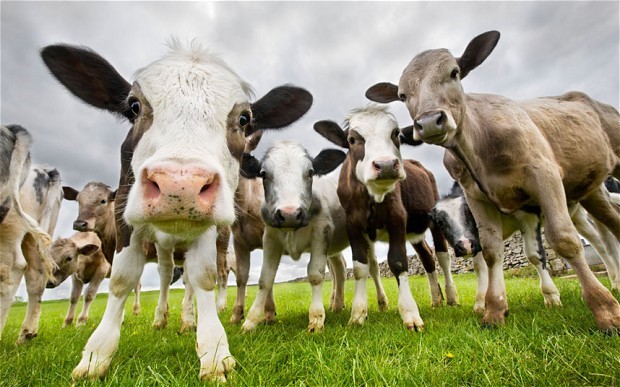Many People Are Unknowingly Being Exposed to Antibiotics

A new study published in the Lancet on 16 October estimates that as many as half of infections after surgery and more than a quarter of infections after chemotherapy are caused by organisms already resistant to standard antibiotics. The World Health Organization (WHO) has also stated that antibiotic resistance trends pose threats to hospital care. Researchers have projected that if antibiotic resistance increases by just thirty percent in the United States, the “tougher-to-treat” bacteria could cause 6,300 more deaths and 120,000 more infections in patients undergoing chemotherapy or common surgical procedures a year. While one would probably assume that with technology advances surgery is becoming safer, many health organizations and researchers are predicting surgery will become less safe in the future.
The researchers reviewed hundreds of clinical trials between 1986 and 2011 that examined the effectiveness of antibiotics in preventing infection after chemotherapy or ten common surgical procedures. The procedures included: hip fracture surgery, pacemaker implantation, surgical abortion, spinal surgery, hip replacement, C-section delivery, prostate biopsy, appendectomy, hysterectomy, and colon surgery.
The researchers estimate that between thirty-nine and fifty-one percent of surgical site infections and twenty-seven percent of post-chemotherapy infections are caused by bacteria already somewhat resistant to antibiotics. Using a computer model, the study found that with a ten percent increase in antibiotic resistance, at least 2,100 more infection-related deaths and 40,000 more infections following surgery or chemo would occur a year. A seventy percent increase in resistance would lead to an additional 15,000 deaths and 280,000 infections annually.
The researchers warn that the development of new antibiotics will not help if effective antibiotic controls are not in place. This is the other piece of the puzzle: how are so many people developing high resistances to antibiotics? The answer is that antibiotics can be consumed by the public without their knowledge, and as a result of this consumption many people are developing antibiotic resistance.
For example, a cow can be treated with penicillin without a prescription in most parts of Canada, unlike humans who have to see their doctors first. Farmers are able to go to the local farm supply store and buy tetracycline and many other antibiotics over the counter, and most interestingly the animals do not actually have to be sick. Cattle, chickens, turkeys, and pigs are given antibiotics to prevent them from becoming infected.
Antibiotics are an important management tool used by animal producers to keep their herds and flocks healthy and profitable. And vegans, like myself, are not immune to this trend—antibiotics have been used since the 1950s to control certain bacterial diseases of high-value fruit, vegetable, and ornamental plants. There are estimates that up to eighty percent of the world’s antibiotics are being used in agriculture. The WHO has warned that unless antibiotic use is reined in, the world is heading for a future where routine infections can become deadly.
With such a prominent organization warning the public that antibiotic resistance threatens everyone, the lack of effort by Canada and other countries to develop coordinated national systems to control antibiotics in agriculture is a surprise. Health Canada has said farmers cannot use antibiotics as growth producers, but this will not have much of an effect because most antibiotics are used in feed for disease prevention, and this will still be permitted.
While this Lancet study is greatly tied to science, it also has an important message: control of antibiotics is needed, and the need for legislation and policies to be put in place to protect the public seems to be quite obvious However—as with many other food, health, and safety issues—there are many powerful stakeholders to be aware of (for example, animal drug manufacturers). A balance needs to be struck between maintaining economic goals of farmers, drug manufacturers, et cetera, and maintaining public health and safety. Right now, it seems that public health and safety are being compromised. This issue, while grounded in science, seems to be one that also needs a better response from lawmakers. The law could be an important tool for protecting the public if the government would give greater attention to recognizing the need for control, policies, and legislation in this area.
